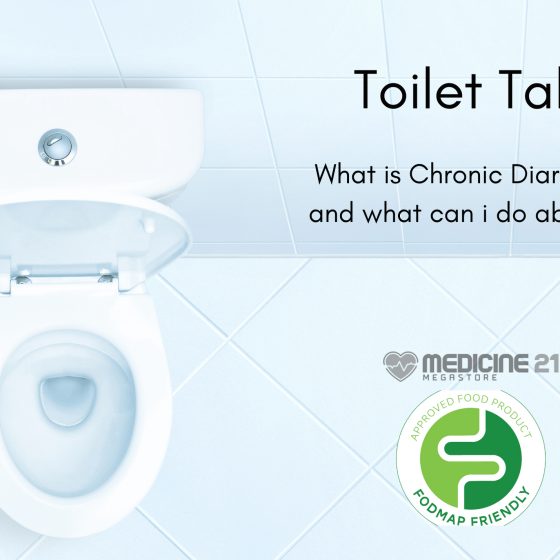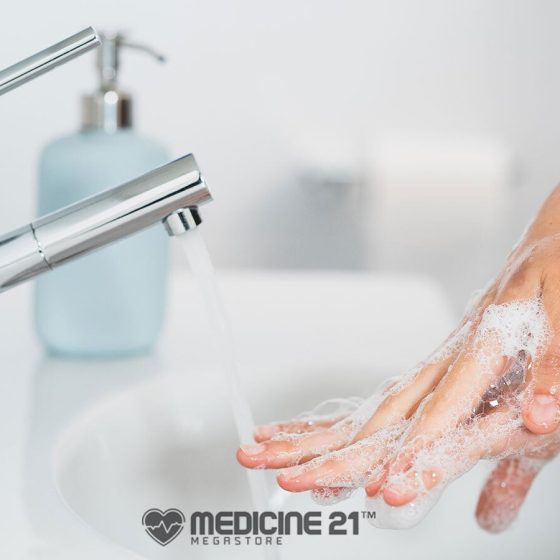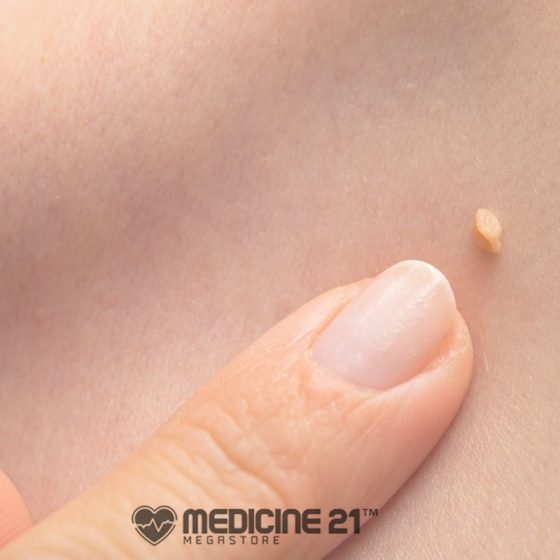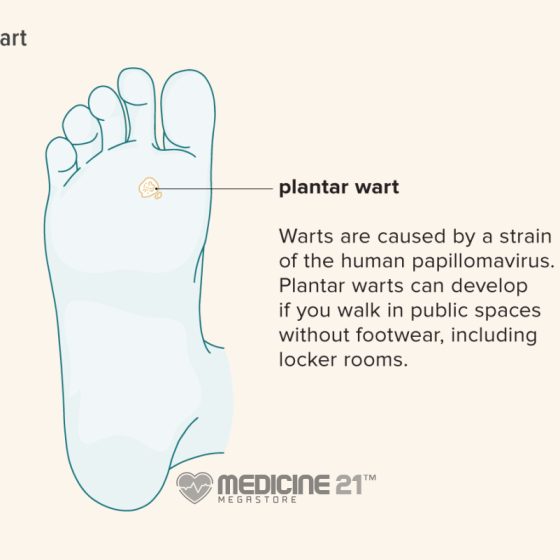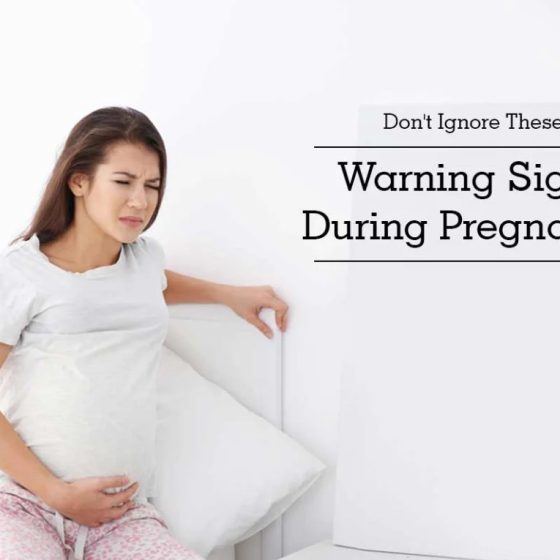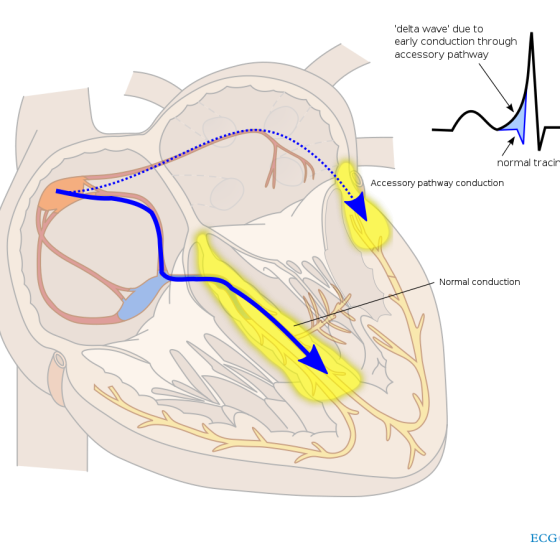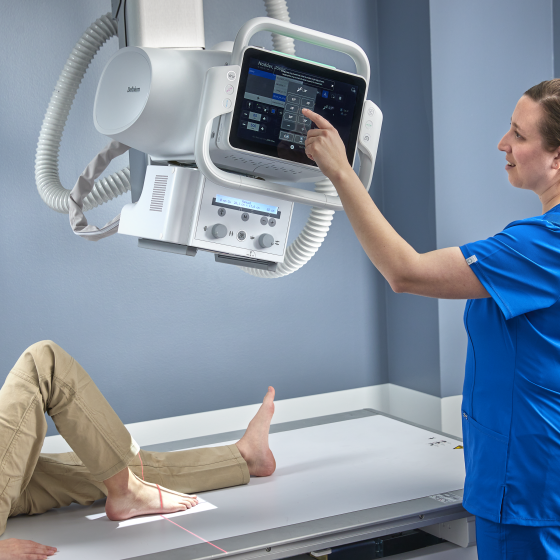Diarrhoea [Watery stool]
Key facts Most diarrhoea is mild and clears up in a few days without treatment. Diarrhoea has many different causes, but gastroenteritis is a common one. Avoiding dehydration is very important, especially for children and in older people. Children and older people should use oral rehydration solutions to replace fluids. Children should not take anti-diarrhoeal medicine. Ask your pharmacist or doctor before taking anti-diarrhoeal medicines — they may not be suitable for you. What is diarrhoea? Diarrhoea is having 3 or more loose or liquid stools (poos) in one day, or more frequently than normal. If you have diarrhoea, you will experience

